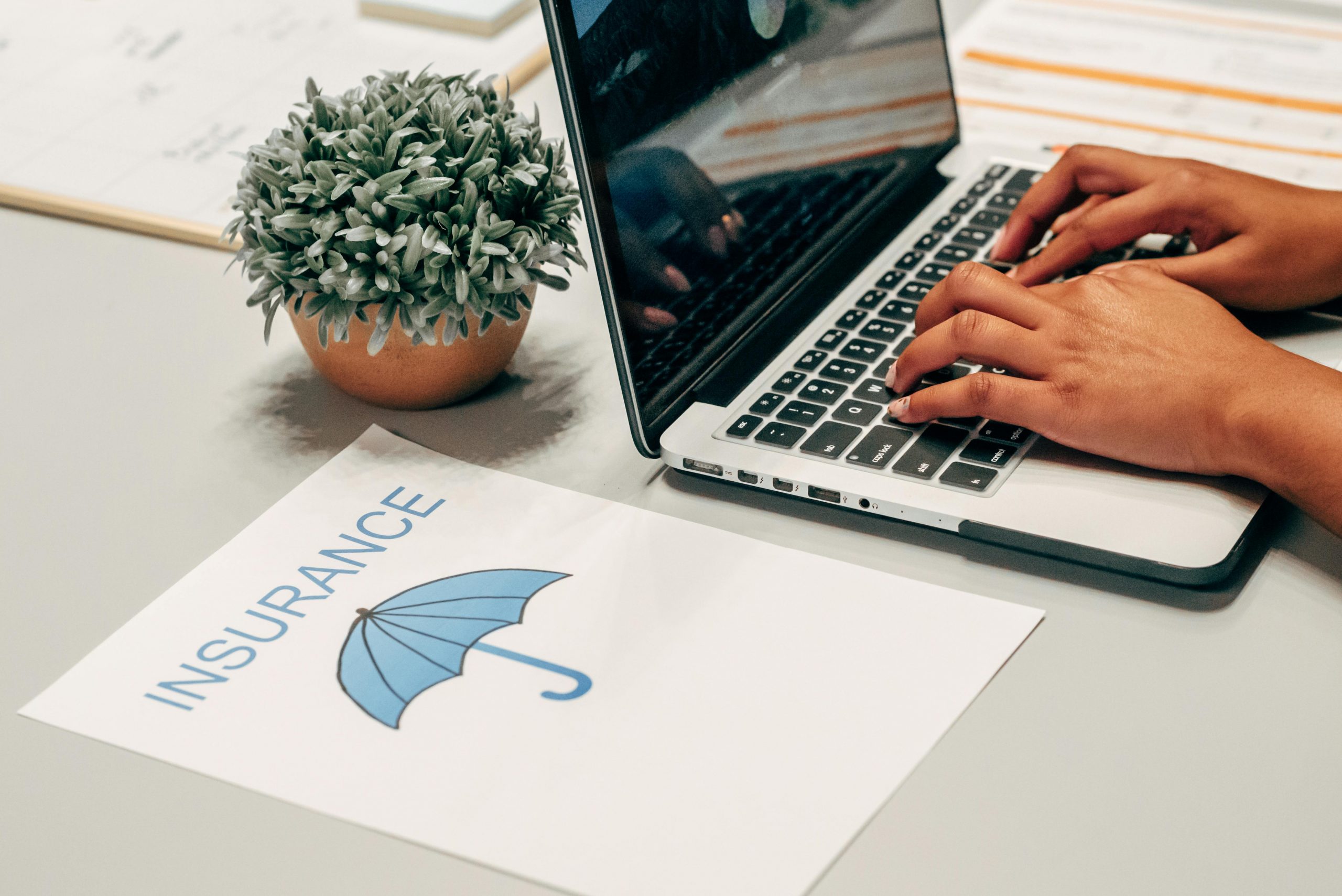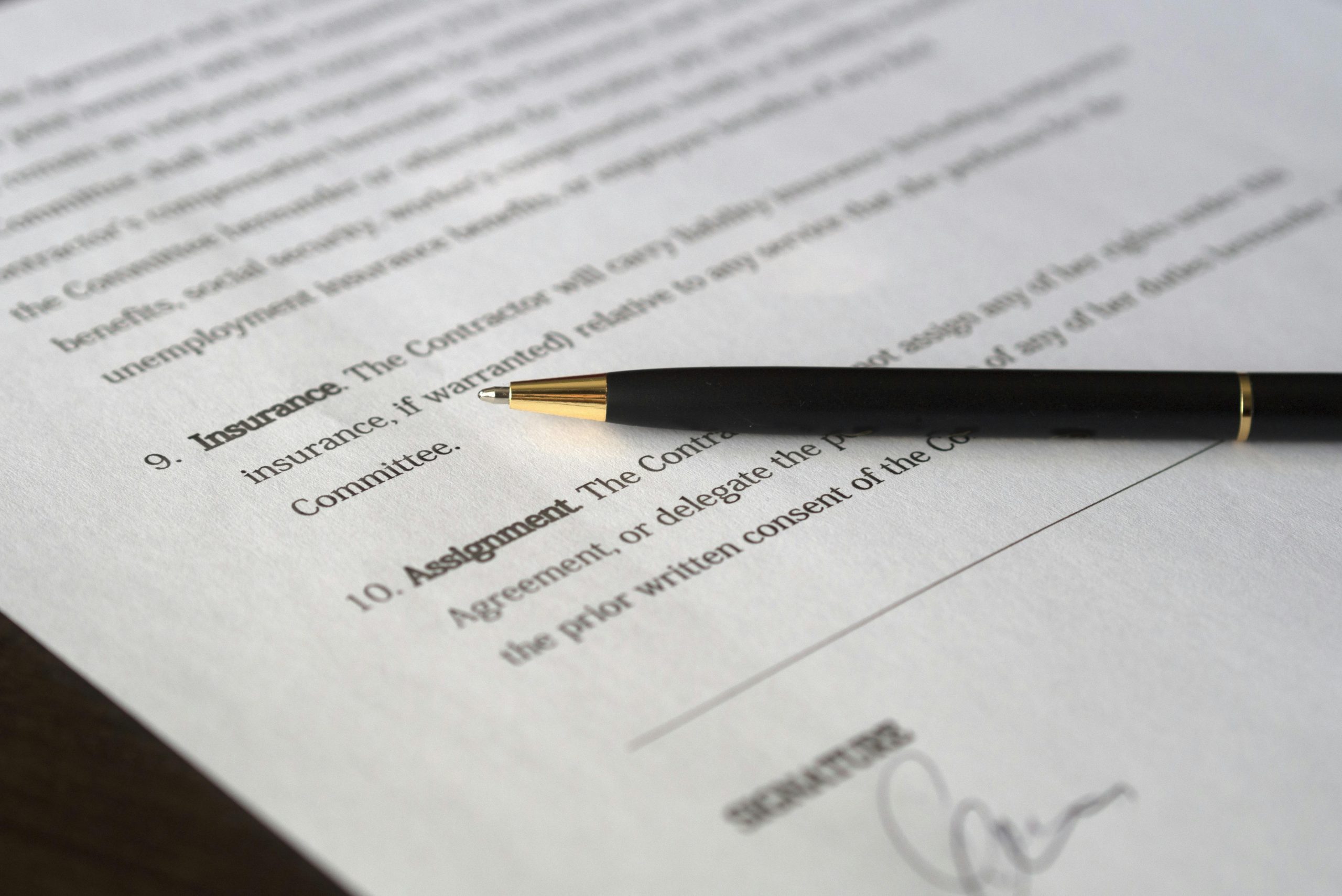- Employer liability insurance protects businesses from financial losses due to employee lawsuits related to workplace injuries, illnesses, or negligence.
- It covers legal defense costs, settlements, and compensation, ensuring your business can survive unexpected claims.
- While it differs from workers’ compensation, both types of coverage complement each other to provide full employee protection.
- The amount of coverage you need depends on your industry risk level, workforce size, and local legal requirements.
- Choosing the right provider involves assessing coverage flexibility, claims support, and financial stability.
- Even if not legally required, having employer liability insurance builds trust, strengthens compliance, and safeguards business continuity.
- Proactive entrepreneurs combine solid insurance coverage with strong workplace safety programs to minimize risks and reduce costs.
Running a business comes with numerous responsibilities—from hiring the right people to ensuring a safe and fair work environment. However, even the most responsible employers can face unexpected legal claims from employees. That’s where Employer Liability Insurance becomes indispensable. This type of insurance helps protect your business from financial loss if an employee files a lawsuit for work-related injuries, illnesses, or other damages.
Whether you run a startup or manage a growing company, understanding this coverage can save you from costly mistakes. In this guide, we’ll break down everything you need to know about employer liability insurance—how it works, what it covers, and why it’s essential for business owners who want long-term protection and peace of mind.
What Is Employer Liability Insurance?
Before diving into the technicalities, let’s start with the basics. Employer Liability Insurance—sometimes called Employers’ Liability Coverage—is a type of business insurance that provides financial protection if an employee sues you for work-related injury, illness, or damages not covered by workers’ compensation.
In simple terms, it acts as a safety net. Even if your company follows every regulation and maintains high safety standards, accidents and legal claims can still happen. For instance, an employee may claim that an unsafe work environment caused an injury, or that your negligence led to an illness.
Employer liability insurance covers legal defense costs, settlements, and compensation related to such claims. Without it, a single lawsuit could devastate your company’s finances, reputation, and operations.
This insurance is particularly valuable for entrepreneurs because it allows them to focus on growth without constantly worrying about potential employee-related liabilities.
Why Is Employer Liability Insurance Important for Entrepreneurs?

Entrepreneurs often face unique challenges when it comes to managing risks. Unlike large corporations that have dedicated legal teams and deep financial reserves, small businesses and startups can be severely impacted by even one legal claim.
Employer liability insurance is not just a legal safeguard—it’s a business continuity strategy. It ensures that you can handle unexpected lawsuits without derailing your company’s financial stability.
Key Reasons It Matters:
- Protects your business assets from lawsuits and compensation costs.
- Ensures compliance with local and national labor laws that may require employer liability coverage.
- Covers legal fees that can arise even if you’re not found guilty.
- Builds trust with employees and investors by showing you take workplace safety seriously.
- Supports business continuity, allowing operations to continue during legal disputes.
In short, employer liability insurance isn’t just about managing risk—it’s about building resilience and credibility in a competitive business environment.
What Does Employer Liability Insurance Cover?
Every policy differs slightly depending on the provider and region, but most employer liability insurance policies cover similar core areas. Understanding these will help you make informed decisions when selecting or reviewing your coverage.
Common Coverage Areas:
- Employee Injury or Illness Claims
Covers compensation and medical costs if an employee claims that your negligence caused their injury or illness. - Legal Defense Costs
Pays for attorney fees, court expenses, and settlements related to employee lawsuits. - Workplace-Related Diseases
Covers claims from employees who develop long-term illnesses due to working conditions. - Third-Party Claims
Protects your business if an employee’s actions cause injury or property damage to another person, and your company is held responsible. - Mental or Emotional Distress
Some policies cover claims related to stress, harassment, or psychological harm at the workplace. - Reputation Management Costs
Certain insurers include coverage for crisis management or PR expenses following a major claim that could damage your reputation.
What Isn’t Covered by Employer Liability Insurance?
While employer liability insurance offers robust protection, it’s not a blanket solution. Entrepreneurs should understand the limitations to avoid coverage gaps.
Exclusions Typically Include:
- Deliberate or malicious acts by employers.
- Contract disputes unrelated to employee injury or negligence.
- Claims from independent contractors or freelancers (they may require separate agreements).
- Fines or penalties for regulatory non-compliance.
- Injuries already covered by workers’ compensation.
Knowing these exclusions helps you decide whether you need additional business insurance policies, such as professional indemnity or public liability insurance, to fully protect your company.
How Does Employer Liability Insurance Work?
Employer liability insurance works as a financial shield between your business and potential employee claims. When a covered incident occurs, your insurer steps in to handle the legal and financial aspects.
Here’s How the Process Usually Works:
- Incident Occurs – An employee reports an injury, illness, or claim against your company.
- Claim Submission – You file the claim with your insurance provider, providing all required documentation.
- Investigation – The insurer investigates to determine whether the claim is valid and falls under coverage.
- Legal Support – If the claim proceeds, the insurer provides legal defense and representation.
- Settlement or Compensation – The insurer pays compensation or settlement costs up to your policy limit.
Important Note:
Having employer liability insurance doesn’t mean you can ignore workplace safety. Insurers expect businesses to maintain a safe environment. Negligence or repeated violations could invalidate your policy.
Employer Liability Insurance vs. Workers’ Compensation: What’s the Difference?
Many entrepreneurs confuse employer liability insurance with workers’ compensation insurance, but they serve different purposes—even though they both protect against employee-related risks.
| Aspect | Employer Liability Insurance | Workers’ Compensation |
| Purpose | Covers lawsuits from employees claiming negligence. | Covers medical expenses and wage replacement for workplace injuries. |
| Who It Protects | The employer (against legal liability). | The employee (by ensuring they’re compensated). |
| Legal Requirement | Depends on local regulations. | Often mandatory in most regions. |
| Example Scenario | Employee sues for inadequate safety training leading to injury. | Employee receives benefits for injuries sustained during work. |
Why You Might Need Both:
Workers’ compensation covers basic injuries and illnesses. However, if an employee believes your negligence contributed to their condition and files a lawsuit, employer liability insurance fills that gap—covering legal costs and damages beyond workers’ compensation limits.
How Much Employer Liability Insurance Do You Need?
Determining the right amount of coverage depends on your business size, industry, and risk exposure. For example, a construction company faces higher risks than a digital marketing agency.
Factors That Influence Coverage Amount:
- Number of employees and their job types.
- Nature of your business (physical labor vs. office work).
- Regulatory requirements in your location.
- Potential lawsuit costs and settlement trends in your industry.
Common Coverage Limits:
In many regions, businesses carry at least $1 million per claim, but high-risk industries may opt for higher limits.
Tip for Entrepreneurs:
Conduct a risk assessment or consult with an insurance advisor. They can help you estimate the financial exposure your business might face and recommend suitable coverage limits.
How to Choose the Right Employer Liability Insurance Provider
Choosing the right insurer is critical for ensuring reliable protection and smooth claims processing. Don’t just focus on price—consider reputation, responsiveness, and coverage flexibility.
Key Factors to Consider:
- Financial Stability – Research the insurer’s financial strength and claim settlement history.
- Coverage Flexibility – Look for policies that can be customized based on your industry and workforce size.
- Claims Support – Review customer feedback on claim response times and satisfaction.
- Policy Exclusions – Understand what isn’t covered before signing.
- Premium vs. Coverage Balance – Cheapest isn’t always best; prioritize quality protection.
Pro Tip:
Ask your insurer whether they offer bundled business insurance packages that combine employer liability, general liability, and professional indemnity coverage for comprehensive protection.
How Much Does Employer Liability Insurance Cost?
The cost of employer liability insurance varies depending on multiple factors. On average, small businesses might pay anywhere from $300 to $1,200 per year, while larger or higher-risk industries may pay significantly more.
Factors Affecting Cost:
- Business size and payroll
- Industry risk level
- Claims history
- Coverage limits and deductibles
- Geographic location
Ways to Lower Costs:
- Maintain excellent workplace safety records.
- Conduct regular safety training and risk assessments.
- Bundle your employer liability policy with other business insurance types.
- Review and adjust coverage annually to reflect current risks.
Investing in prevention and proactive management often leads to lower premiums over time.
Is Employer Liability Insurance Required by Law?
Whether employer liability insurance is mandatory depends on the laws of your country or region. In some places, such as the United Kingdom, it’s a legal requirement for most employers. In others, like certain U.S. states, it may not be explicitly required but is highly recommended.
Even when it’s not mandatory, having coverage demonstrates professionalism and responsibility—qualities that attract employees, investors, and partners. Entrepreneurs who prioritize compliance and risk management are often seen as trustworthy and future-ready.
How Employer Liability Insurance Builds a Safer, Stronger Business

At its core, employer liability insurance does more than protect against lawsuits—it fosters a culture of accountability and safety. When you invest in this type of coverage, you’re sending a message that your company values its people and takes responsibility seriously.
Broader Benefits for Entrepreneurs:
- Enhances employee confidence by showing commitment to their well-being.
- Protects your company’s reputation from negative publicity after workplace incidents.
- Improves investor confidence as it shows robust risk management practices.
- Supports long-term sustainability by preventing financial disruption from unexpected claims.
In an era where brand trust and workplace culture define business success, employer liability insurance is both a protective measure and a strategic asset.
Practical Steps to Get Started
If you’re ready to secure employer liability coverage, here’s a step-by-step guide to help you begin:
- Assess Your Risks – Identify potential workplace hazards and compliance gaps.
- Determine Coverage Needs – Estimate your exposure based on business size and type.
- Compare Insurance Providers – Get multiple quotes and assess each provider’s reliability.
- Review Policy Terms – Check exclusions, coverage limits, and renewal options.
- Implement Safety Programs – Strengthen workplace safety to reduce premiums and risk.
- Reassess Annually – As your business grows, adjust your coverage to match new risks.
Taking a proactive approach ensures your policy remains relevant and valuable over time.
Conclusion: Protecting Your Business Starts with the Right Coverage
Entrepreneurs thrive on innovation, ambition, and resilience—but even the best-run businesses face risks. Employer Liability Insurance provides the essential protection you need to manage those risks effectively. It shields your business from costly lawsuits, maintains your reputation, and ensures your operations continue without disruption.
By understanding what this insurance covers, how it works, and how to choose the right provider, you’re taking a crucial step toward securing your company’s future. Remember, investing in protection today is far more affordable than facing financial and legal consequences tomorrow.



